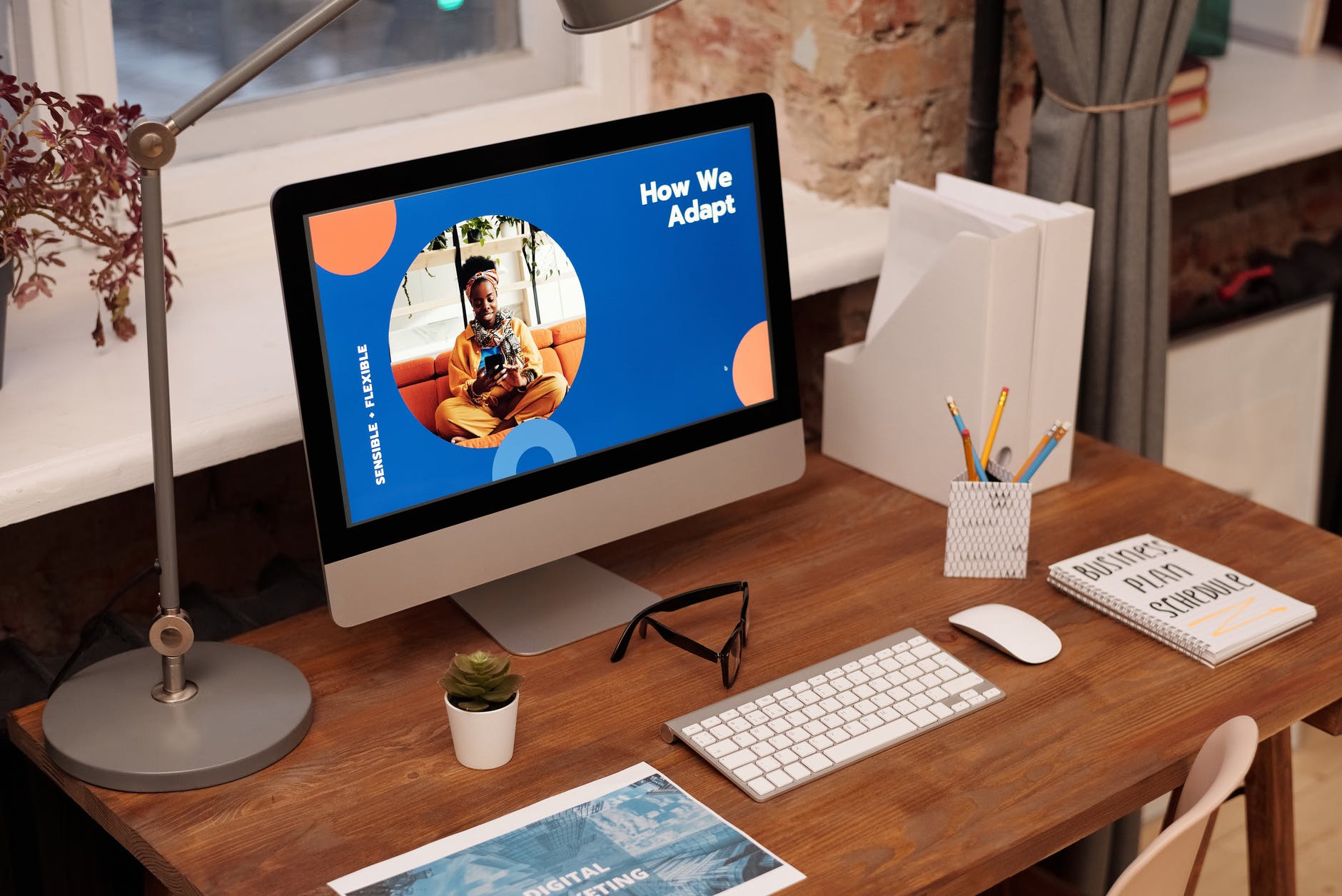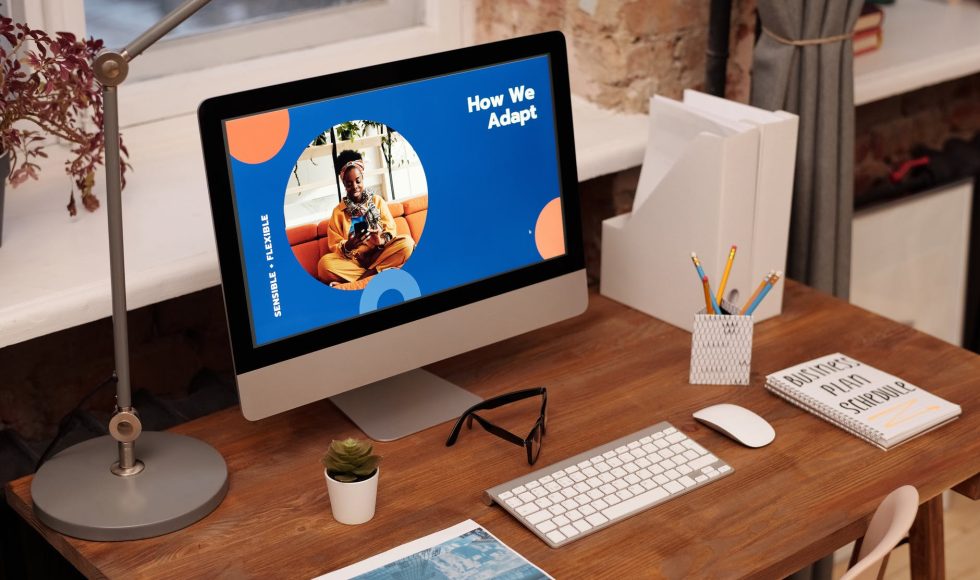A long rough day with equipment smoking, computers not working, and lots of things going on. I ended the day by watching an Open Ed 2021 session entitled “Open Pedagogy: A Systematic Review of Empirical Findings” presented by Dr. Virginia Clinton-Lisell, an associate professor from the University of North Dakota. Clinton-Lisell spoke about the Creative Commons licensing and the “continuum to openness.” The five Rs to OER are retain, reuse, revise, remix, and redistribute, and Clinton-Lisell emphasized that “open is so much more than free!” Clinton-Lisell defined OER-enabled pedagogy citing Wiley & Hilton 2018 as “the teaching and learning practices that are possible due to the affordances of OER licensing.” The key characteristics are innovation, creation, collaboration, and participation by both instructors and students, and Clinton-Lisell included “renewable assignments.” I love how Clinton-Lisell tied this into the “sustainable OER ecosystem” with the cycle of empower, contribute, attribute, and release. The systematic review Clinton-Lisell conducted searched four scholarly databases with key terms for open pedagogy. They found 18 empirical reports. In most of the studies, students created novel and useful artifacts that were openly licensed. However, they varied in terms of public sharing and open licensing. In two studies sharing was required, though students had the option in one to use pseudonyms. Across studies, Clinton-Lisell noted that students reported good feelings about contributing to a body of knowledge. Only two studies analyzed learning outcomes in the Clinton-Lisell review. Some students did report anxiety, including the resistance to a more student-centered approach. Technology frustrations were also mentioned. Interestingly, one study mentioned focused on the redesign and remix of OER (Tillinghouse et al. 2019). Citing Nascimbeni & Burgos 2019, “length of time with OER predicts open pedagogy practices” that makes sense to me. I didn’t know that there are five Rs of open pedagogy: respect, reciprocate, risk, reach, and resist. Respect your students as creators. Reciprocate by also contributing. Risk: realize that public posting can make students vulnerable. Reach by providing information after the class ends. Resist the pressure of commercializing. I enjoyed learning about the 5Rs of open pedagogy from Clinton-Lisell. Also, Clinton-Lisell recommended first offering extra credit to students testing technology or tools before implementing them fully. Clinton-Lisell ended the session by mentioning a recent book chapter and an article published in the Journal of Learning for Development. This was a fun and informative session that helped me smile. The 5Rs of Open Pedagogy are great and thought-provoking.



